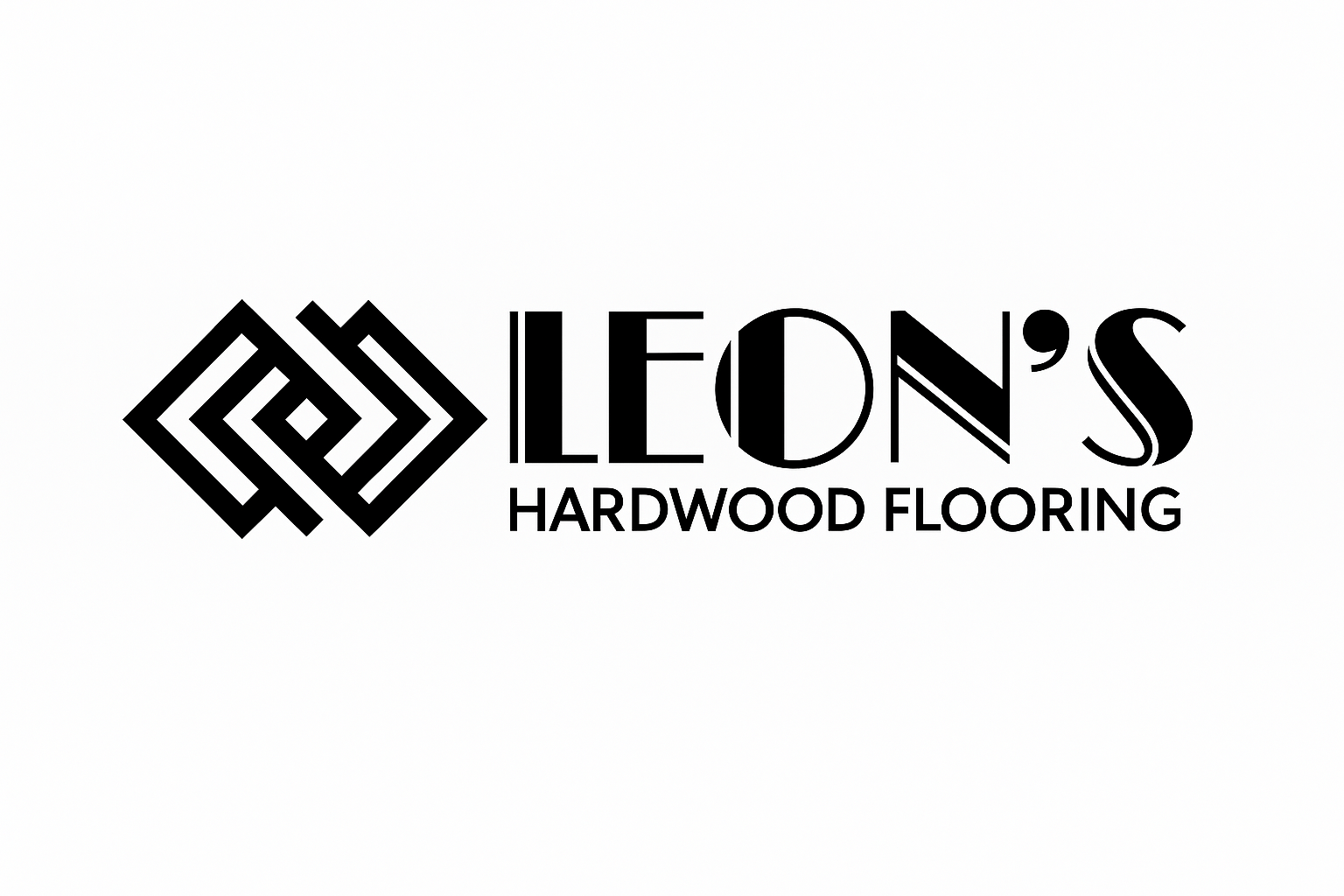The Complete Guide to Parquet Flooring Installation
- Leon’s Hardwood

- Aug 6
- 4 min read
Parquet flooring offers a timeless elegance that can transform any space. Its intricate patterns and warm wood tones add character and charm to homes and properties. If you are considering upgrading your floors, understanding parquet floor design and the installation process is essential. This guide will walk you through everything you need to know to make an informed decision and achieve stunning results.
Understanding Parquet Floor Design
Parquet floor design is all about the arrangement of small wood pieces to create decorative patterns. Unlike traditional hardwood planks laid in straight lines, parquet floors are composed of geometric shapes such as squares, triangles, and herringbone patterns. These designs can range from simple to highly intricate, allowing for customization to suit any style.
Some popular parquet patterns include:
Herringbone: Rectangular blocks arranged in a zigzag pattern.
Chevron: Similar to herringbone but with blocks cut at an angle to form a continuous V shape.
Basket Weave: Blocks arranged to mimic the look of woven fabric.
Versailles: A classic French pattern with interlocking squares and crosses.
Choosing the right parquet floor design depends on your room size, furniture style, and personal taste. For example, herringbone works well in narrow spaces as it creates a sense of movement, while Versailles adds grandeur to larger rooms.

When selecting wood species for parquet, consider durability and color. Oak, walnut, and maple are popular choices due to their hardness and beautiful grain patterns. You can also mix wood tones for a more dynamic look.
Preparing for Parquet Flooring Installation
Proper preparation is key to a successful parquet flooring installation. Before starting, ensure the subfloor is clean, dry, and level. Any imperfections can cause the parquet tiles to lift or crack over time.
Here are the essential steps to prepare your space:
Remove existing flooring: Take out carpets, tiles, or old hardwood carefully.
Inspect the subfloor: Check for moisture issues, cracks, or uneven areas.
Level the subfloor: Use a leveling compound if necessary to create a flat surface.
Acclimate the parquet tiles: Leave the wood in the room for 48-72 hours to adjust to humidity and temperature.
Gather tools and materials: You will need adhesive, a trowel, spacers, a rubber mallet, and a saw for cutting tiles.
Taking these steps ensures the parquet floor will adhere properly and last for years.

If you are unsure about any preparation step, consulting a professional can save time and prevent costly mistakes.
Is parquet flooring hard to install?
Parquet flooring installation can be more challenging than laying traditional hardwood planks due to the precision required in aligning patterns. Each tile or block must fit perfectly to maintain the design’s integrity.
Some factors that affect the difficulty include:
Pattern complexity: Simple square patterns are easier, while herringbone or Versailles require careful measuring and cutting.
Subfloor condition: Uneven or damaged subfloors increase installation difficulty.
Experience level: DIY installation is possible for those with woodworking skills, but professionals can ensure a flawless finish.
If you decide to install parquet flooring yourself, take your time and follow detailed instructions. Use spacers to maintain consistent gaps and check alignment frequently. Cutting tiles accurately is crucial, so invest in a quality saw.
For those seeking a hassle-free experience, hiring experts guarantees precision and saves time. Professionals also have access to specialized adhesives and tools that improve durability.

Maintenance Tips for Parquet Floors
Once your parquet floor is installed, proper maintenance will keep it looking beautiful for decades. Here are some practical tips:
Regular cleaning: Sweep or vacuum to remove dirt and grit that can scratch the surface.
Use a damp mop: Avoid excessive water; use a slightly damp mop with a wood floor cleaner.
Protect from furniture: Place felt pads under furniture legs to prevent dents.
Avoid harsh chemicals: Use products specifically designed for wood floors.
Refinish when needed: Over time, sanding and refinishing can restore the floor’s original shine.
Maintaining parquet floors is straightforward but requires consistent care. Address spills immediately to prevent staining or warping.
Why Choose Professional Parquet Flooring Installation?
Investing in professional parquet flooring installation ensures your floors are installed correctly the first time. Experts bring experience, precision, and quality materials to the project.
Benefits of hiring professionals include:
Accurate pattern alignment: Ensures the design looks seamless.
Proper subfloor preparation: Prevents future issues like buckling or gaps.
Time savings: Professionals complete the job faster and with less disruption.
Warranty and support: Many companies offer guarantees on their work.
Choosing a trusted company like Leon’s Hardwood Flooring means you get personalized service tailored to your home’s needs. Their expertise helps increase your property value with a stunning, durable floor.
Parquet flooring is a beautiful investment that adds style and value to any property. By understanding parquet floor design, preparing properly, and considering professional installation, you can enjoy a floor that lasts a lifetime. Whether you prefer a classic herringbone or a custom pattern, parquet floors bring warmth and sophistication to your living space.




Comments